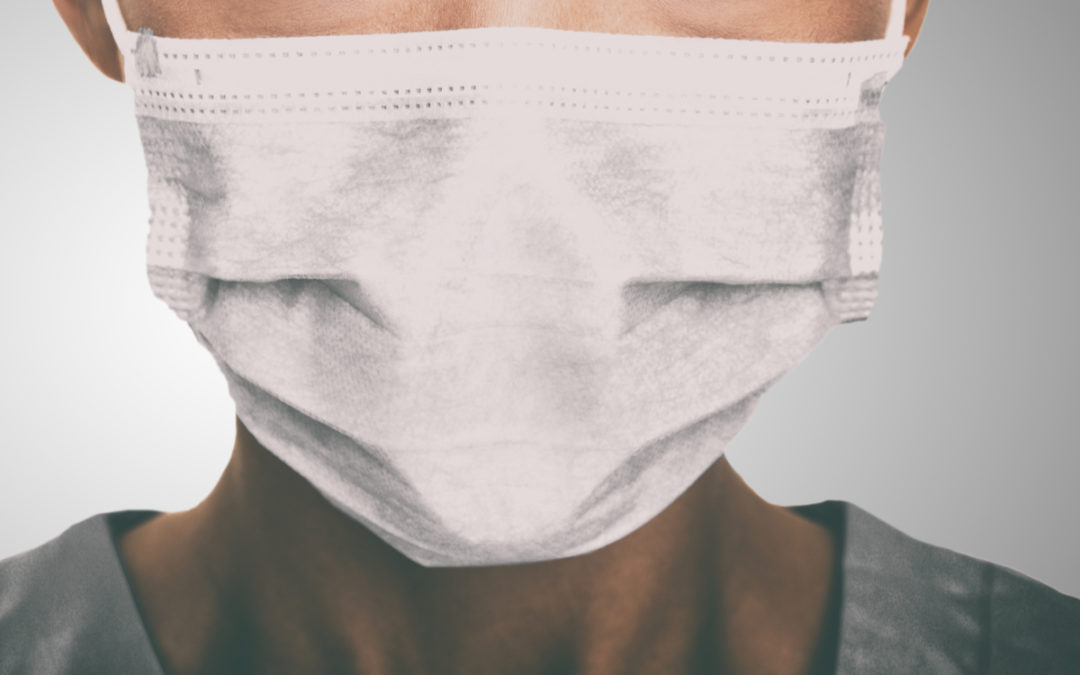Here’s another installment from the intrepid critical care/hyperbaric physician who started “COVID Diaries” nearly a year ago. I am not identifying her so that she can speak more openly about her experiences. Now she is telling the evolving story of treating COVID patients with HBOT.
–Caroline
The hospital is stretched to its limits with staffing. Many nurses quit or retired after Wave One. New nurses are graduating from school one day and the next day they are working a demanding job on the telemetry unit. They’re inexperienced. My staff in the hyperbaric department are also stretched thin, and it takes a certain kind of personality to deal with critically ill patients. That means I am the one who transports the patients from the bedside to the chamber and undresses them to make sure they are clear of items that cannot go into the chamber.
Transporting really sick COVID patients from their room to the hyperbaric chamber is so harrowing it is probably as hard on me as it is on them. Patients need such a high rate of oxygen flow that a portable oxygen tank will run out in 10 minutes. Our transportation time is 7 minutes – depending upon the elevator – so we had better have spare oxygen tanks with us. I am glad that I am the one who is doing patient transport, since I can interpret what is really going on in terms of their hypoxia. A COVID patient’s oxygen saturation plummets whenever they are moved anywhere. I think my record low was an oxygen saturation of only 18% (with a good wave form). Patients turn almost black when they are that hypoxic. It’s a terrible sight. I can’t explain why COVID patients tolerate that level of hypoxia without dying. It’s unlike any other disease process I’ve ever seen.
Another weird thing is that after a hyperbaric treatment, patients may need MORE oxygen for a time. Why? It must be a mismatch in ventilation to perfusion of the lung. I think the lungs compensate for hypoxia at normobaric pressures, perhaps shutting down flow to the worst hit areas of the lung. In the chamber the oxygen delivery is so much higher that the organs so starved for oxygen demand more. It’s as if their organs say, “Finally! I’m getting what I need to live!” Then suddenly you open the chamber door, put the patient on BIPAP with 100% oxygen and the lung circulation says, “Wait, what happened to the oxygen?” So the lung is playing a shell game with what lung units are ventilated that actually have vessels to supply it. The shift to normobaric (“sea level”) physiology causes worsening hypoxemia for about an hour then the patient equilibrates.
Can You Just Leave Me in Here?
COVID patients treated with hyperbaric oxygen therapy cannot wait to get back into the chamber again. Here are some frequent comments that I hear:
- “Can’t you just leave me in there?”
- “I feel less claustrophobic in the chamber than outside of it.”
- “Is it OK that my breathing is slowing down and I can breathe deeper?”
- “My mind and speech are better in here than out there.”
- “I can drink water again and I’m so thirsty.”
- “Is it OK if I go to sleep?”
I had two male patients begin to sob when they were in the chamber because of the relief from the hypoxia. Patients go into the chamber blue with hypoxia and while in the chamber, turn pink and their nostrils stop flaring.
In my next post, I will tell you more about how the trial is going.

Dr. Fife is a world renowned wound care physician dedicated to improving patient outcomes through quality driven care. Please visit my blog at CarolineFifeMD.com and my Youtube channel at https://www.youtube.com/c/carolinefifemd/videos
The opinions, comments, and content expressed or implied in my statements are solely my own and do not necessarily reflect the position or views of Intellicure or any of the boards on which I serve.




By “Change in breathing style “(50-100 breaths per day only) will get same result as achieved by HBOT.